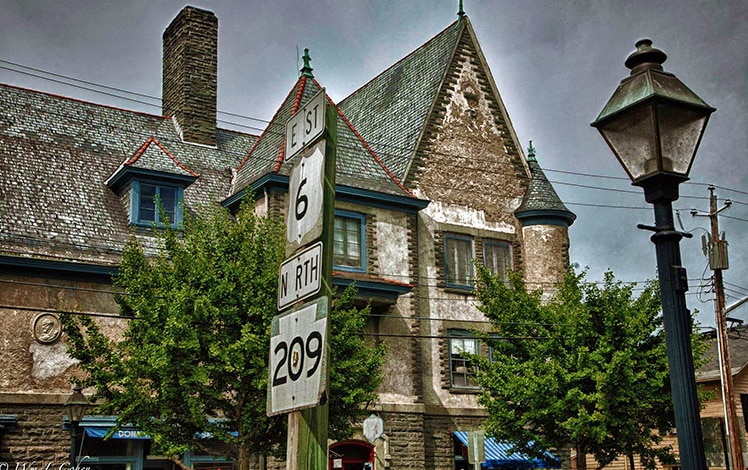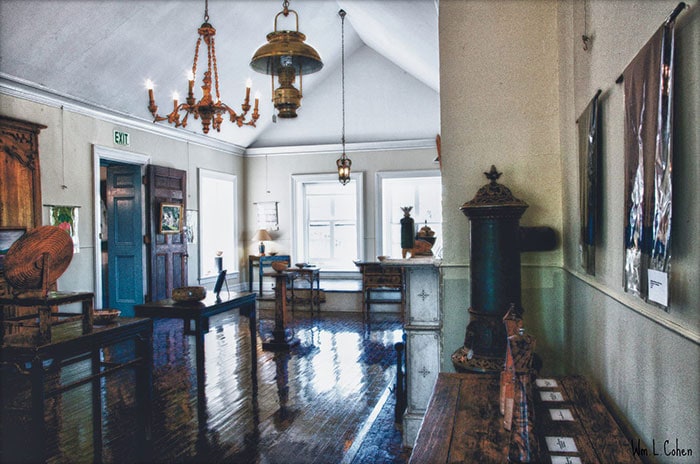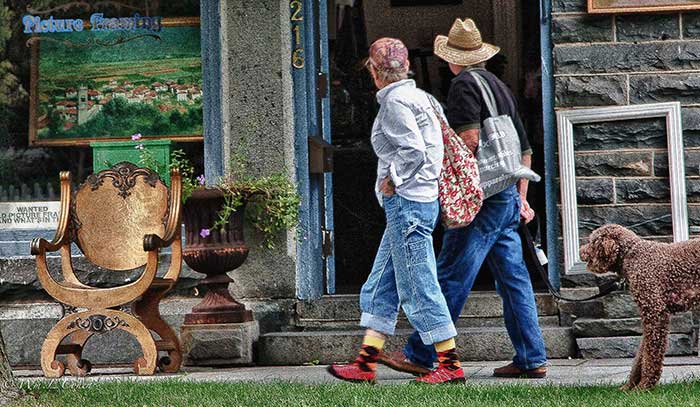
Forest Hall Studios
- 101 W Harford St,
- Milford 18337
- (570) 300-8020
Forest Hall is an 1880s Gothic Revival building on the corner of Broad and Harford Streets. When visiting Milford, Forest Hall Studios is an absolute must see. The combination of history, forestry, and fine art is one of a kind.
Nestled within a charming architectural masterpiece, our distinguished establishment sets the stage for a seamless fusion of events, business meetings, and art exhibitions.
The New Curators of Milford’s Forest Hall Studios showcase pop art icon Andy Warhol and internationally known artists featured in Guggenheim and Metropolitan Museum of Art, to reclaim Milford’s artistic and environmental legacy.
Purchased by Milford Hospitality Group in 2023. More information coming soon to Forest Hall Milford.com
Built in the French Normandy style, it is a large, three-story, eight-bay wide building constructed of bluestone. It features a steep pointed roof, small towers, gables, dormers, and three bluestone chimneys.

The list of persons involved with the building is a who’s who of the American Conservation movement and architectural stars of the era.
The original building was designed as a post office in 1863 by Calvert Vaux, the architect of the original façade of the Metropolitan Museum of Art. It was commissioned by James Pinchot, a founder and principal benefactor of both the National Academy of Design and the American Museum of Natural History. He was also the father of Gifford Pinchot, who was known as “The Father of the American Conservation Movement.”
The building is used for special events such as the Annual Black Bear Film Festival.

In 1904, Richard Morris Hunt, who was involved with the renovation and expansion of the U.S. Capitol, expanded the building for Pinchot. The addition was built to house classrooms and auditoriums for the summer forestry Masters program operated by the Yale School of Forestry at nearby Grey Tower. The expanded building had a lecture hall, a gymnasium, and an auditorium. The building has been used more recently for retail shops and is for sale as of 2020.
It was added to the National Register of Historic Places in 1983 and is located within the Milford Historic District.

